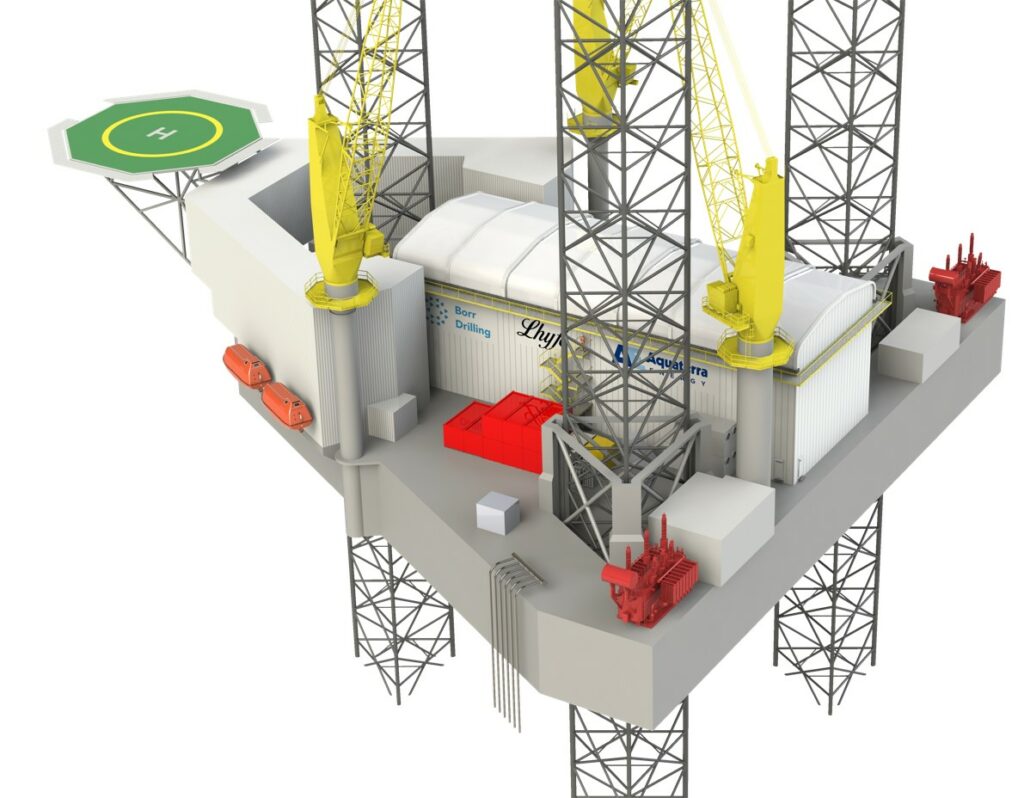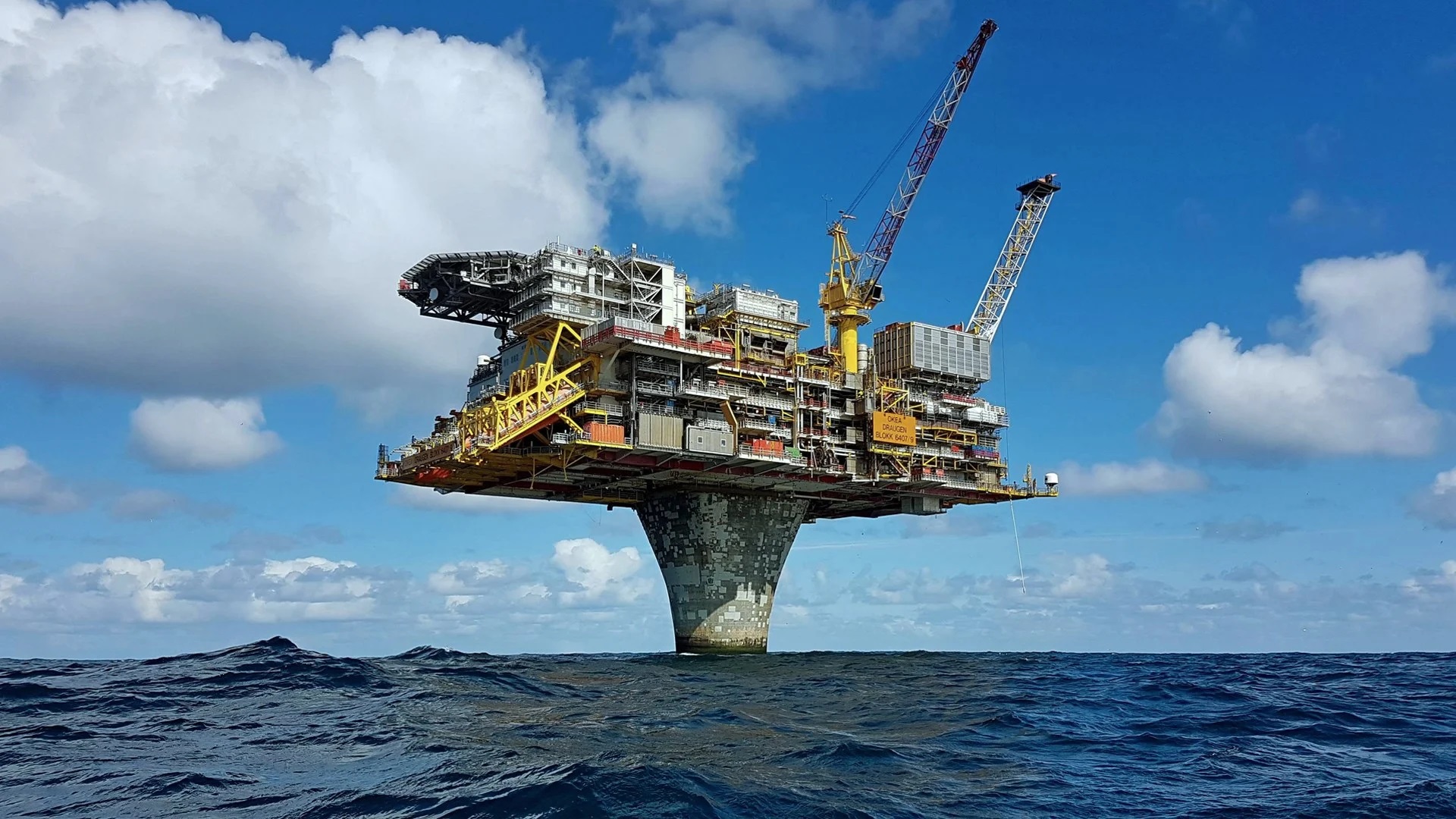Rigzone sits down with Aquaterra Energy’s recently appointed renewables director, Anne Haase, to find out more about Project Haldane – an industrial scale offshore green hydrogen production concept in the North Sea.
Rigzone: What is Project Haldane?
Haase: Our concept is in partnership with renewable hydrogen producer and supplier Lhyfe and jack-up drilling specialist Borr Drilling. It’s an innovative project that brings together the best of traditional hydrocarbon infrastructure and skills, newer renewables, and even newer green hydrogen offshore expertise.
The project is called Haldane and it aims to be an industrial scale offshore green hydrogen production concept, through the deployment of an electrolyzer system on a converted jack-up rig. The project plans to produce over 100 tons of hydrogen per day – enough to power 20,000 hydrogen cars for a 500-mile range.
Rigzone: What are the benefits and how did it come about?
Haase: There are many benefits around this project. One is using existing infrastructure that’s already embedded in the North Sea. The reliable winds far out in the North Sea are an exceptional renewable power resource, which will increasingly be used to feed the emerging green hydrogen economy across Europe. Our unique, flexible solution will capitalize on this resource by providing an offtake for the electricity produced in the immediate vicinity of the windfarm and aims to use existing platforms, pipelines, terminal infrastructure, and offshore equipment, to reduce costs.
And – crucially – it’s attractive to other stakeholders too. For offshore wind developers, there is always the question of what to do when being curtailed due to low network capacity – offshore green hydrogen projects could offer a complementary second source of demand, without the need for network space, improving project economics and de-risking investments.
This could prove a boost to the wider offshore energy economy as well. Vessel owners, oilfield services companies, offshore engineering and equipment providers would similarly find a new source of demand for their specialist products and services. In some instances, oil and gas operators are already finding a new prospect for revenue-generation with demonstrator projects in progress for refitting existing platforms to accommodate electrolyzers.
Haldane provides an ideal opportunity to reuse existing large oil and gas capital hardware for new uses as the energy transition takes hold – reducing the carbon footprint of creating new offshore structures and supporting the life extension and repurposing of existing assets, from drilling rigs through to onshore terminal facilities. In addition to this, it offers the potential to repurpose existing skills within the oil and gas workforce for innovative clean energy production.
This model allows green hydrogen projects to go pretty much anywhere offshore wind projects can. The significance of this is that the green hydrogen industry can begin to do what the oil industry has done so well – go to where production is cheapest and export the product to wherever it’s needed, decoupling local supply from local demand. The oil industry has built a ruthlessly efficient global market this way, with gas latterly catching up through the rise of LNG, offering a model for what is possible for green hydrogen.
Rigzone: When do you think this concept could become reality?
Haase: With governments pushing net zero initiatives forward, there are multiplying reasons to think we are on the verge of functioning and commercially viable green hydrogen projects.
While the technology is ready, the green hydrogen sector has struggled to establish a sustainable commercial model so far but by co-locating these assets, Project Haldane solves the commercial challenges faced by wind developers of grid connection and balancing intermittency by providing a new customer-base and use for the windfarm.


